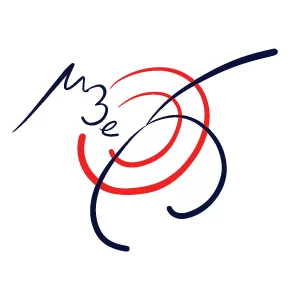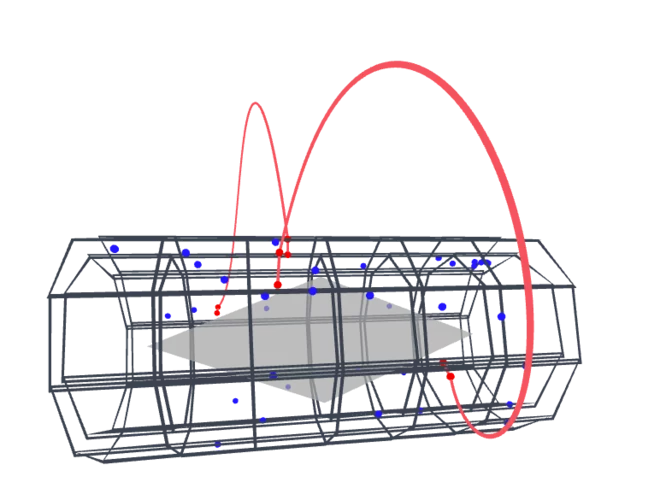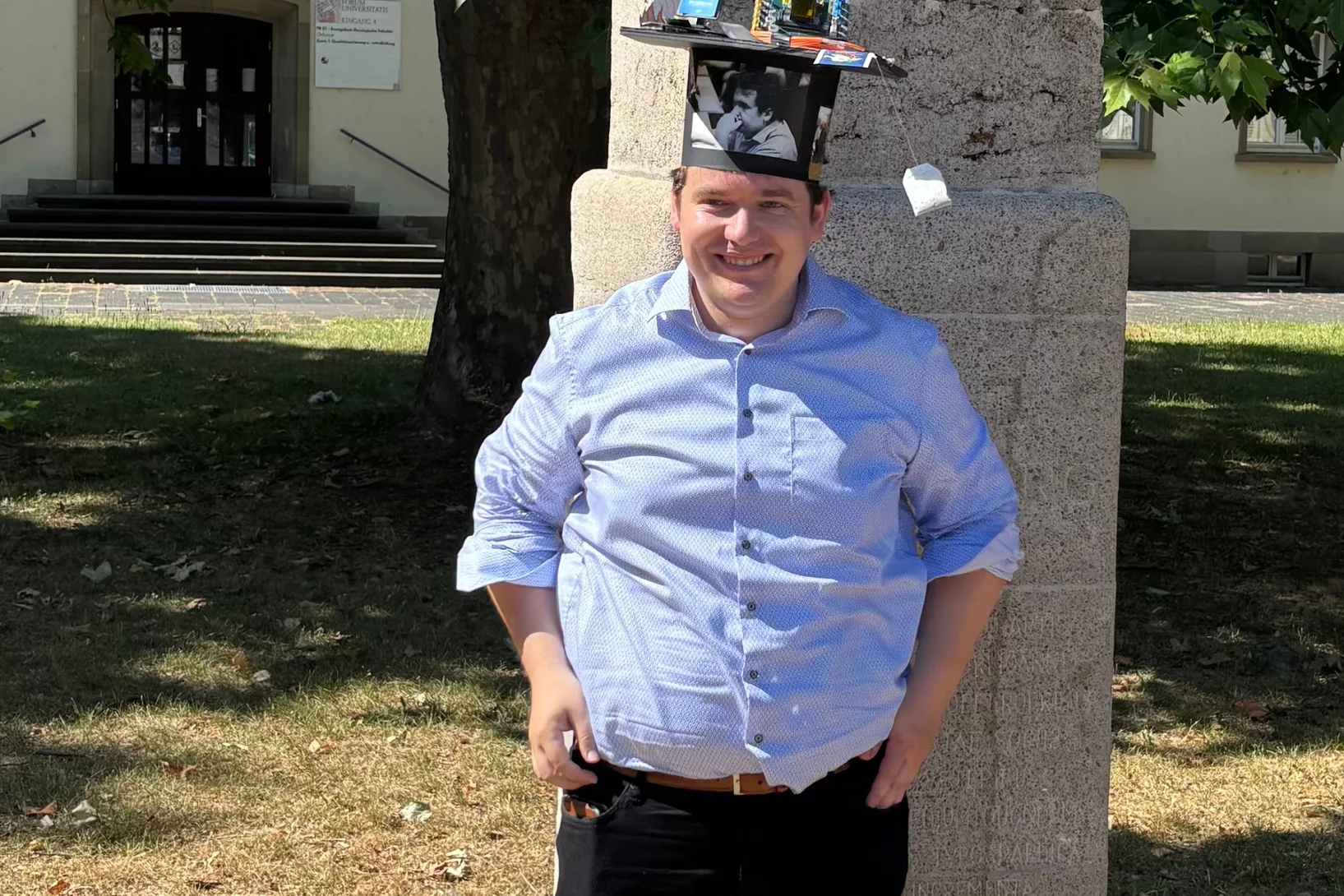Search for the lepton-flavour violating decay
$\mu^+ \to e^+ e^+ e^-$
The Mu3e experiment is a new search for the lepton-flavour violating decay of a positive muon into two positrons and one electron. See here for a an overview of the experiment.
Current news
Mu3e Collaboration Meeting at ETH Zürich
The Mu3e collabaoration met at ETH Zürich to discuss the lessons learned from the June beam time and make plans for the rest of the year and 2026.
Successful Mu3e Beam Time
In June, Mu3e took three weeks of muon beam at PSI. For the first time we operated the vertex pixel detcteor, scintillating fibre and scintillating tile modules together in the experimental environment.
Martin Müller defends his PhD on the Mu3e Data Acquisistion Sytem
Martin Müller has defended his PhD on the data acquisition system for Mu3e at Johannes Gutenberg University Mainz. He has developed firmware for synchronizing the detector at the few picosend level and configuring thousands of pixel chips with hundreds of millions of tune values in a few seconds.
Collaboration Server
(restricted access)



